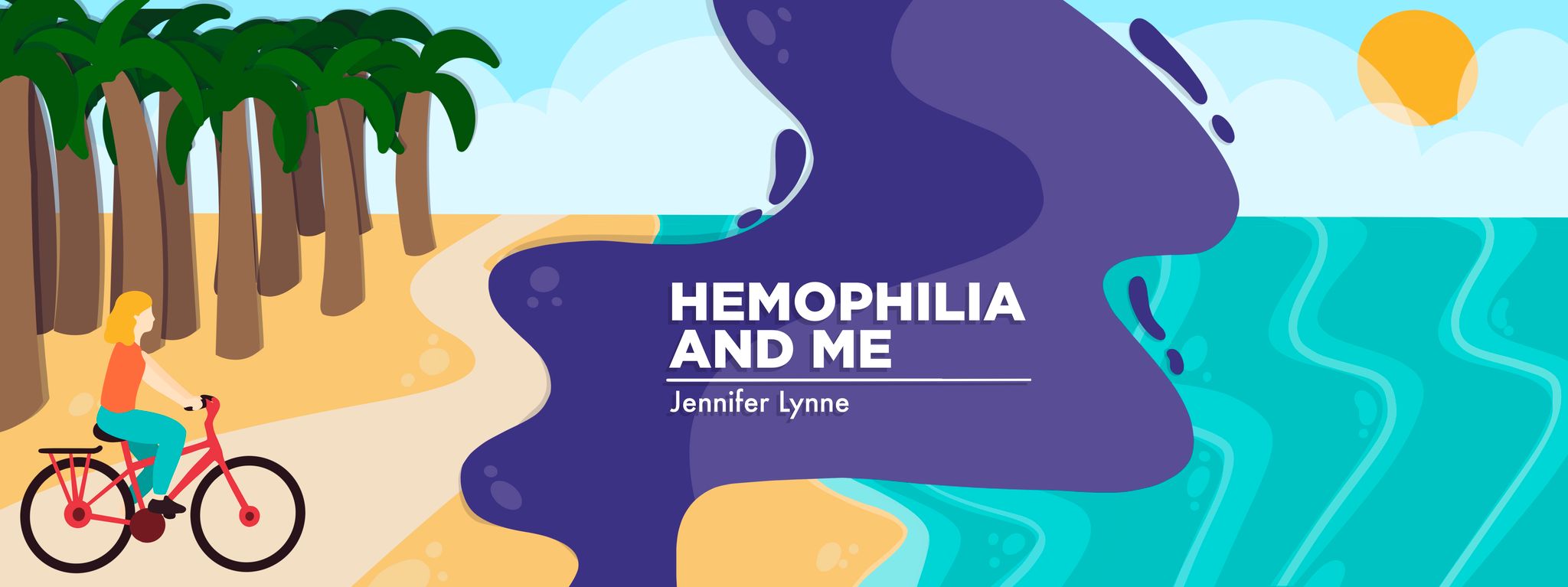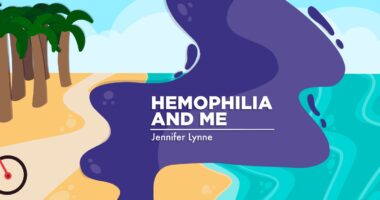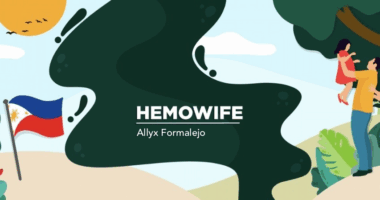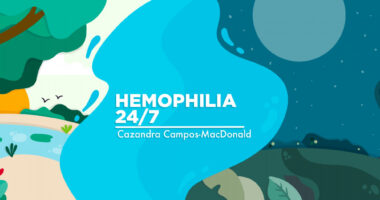How hurricanes and hemophilia teach us the power of community
We must weather the biggest of storms together

My grandmother always said, “If you don’t have anything good to say, don’t say anything at all.” She lived by those words, and in all of my memories, I can’t recall her ever speaking ill of anyone.
Last week I found myself with nothing good to say, which left my column unwritten. I live in Punta Gorda, Florida, a town that knows hurricanes all too well. My condo has weathered the eye of two Category 4 hurricanes — first with Hurricane Charley and later with Hurricane Ian. Here, we don’t take hurricanes lightly.
As I reflect on that, I can’t help but think of the parallels between the devastation hurricanes cause and the challenges faced by the hemophilia community. Like families in Florida preparing to rebuild after storms, those of us with hemophilia confront obstacles that seem equally insurmountable. Whether it’s managing a bleed, navigating complex healthcare systems, or advocating for the right treatments, we’re often in survival mode, much like those dealing with the aftermath of a natural disaster.
Devastation and helping hands
When Hurricane Helene began its approach last week, the eye stayed almost 300 miles north of Punta Gorda, but evacuation orders were still issued for those who live in mobile homes and on barrier islands. My condo wasn’t included in those orders.
Helene delivered the expected three hours of relentless tornado warnings, but what came next was beyond what I’d imagined. The storm surge was far greater than initially predicted. From my window, I watched as the water breached the seawall in front of my condo and flooded everything in sight. In a panic, I ran down four flights of stairs to find the lobby and garage beginning to flood.
“Move your car!” my neighbor shouted. The water had already reached halfway up my tires. I hesitated. “You’ll be OK, just drive slow,” he reassured me. Cautiously, I edged my car, which I’d named Ozzy Kona, out of the garage, but the water quickly rose to the hood. The engine sputtered in protest. Realizing the risk, I backed up and returned it to the garage, where the water level was slightly lower.
Exhausted, I went to bed, fearing for my community and expecting my car to be totaled.
In the days that followed, I witnessed devastation all around me. Business owners lost both their homes and livelihoods in one crushing blow. Families who’d just finished rebuilding after 2022’s Hurricane Ian are now forced to start over, emotionally drained and unsure if they have the resources to do it all again. The number of people who have lost everything is heartbreaking.
But just as how people affected by the hurricane lean on each other, the hemophilia community also thrives on the strength of its members. Our local fishing community stepped up with their trucks and strong hands to help others in need, and in the bleeding disorders community, we rely on one another for support, guidance, and strength.
Whether it’s rebuilding a home or managing a chronic condition, the human spirit finds a way to persevere.
Note: Hemophilia News Today is strictly a news and information website about the disease. It does not provide medical advice, diagnosis, or treatment. This content is not intended to be a substitute for professional medical advice, diagnosis, or treatment. Always seek the advice of your physician or another qualified health provider with any questions you may have regarding a medical condition. Never disregard professional medical advice or delay in seeking it because of something you have read on this website. The opinions expressed in this column are not those of Hemophilia News Today or its parent company, Bionews, and are intended to spark discussion about issues pertaining to hemophilia.








Leave a comment
Fill in the required fields to post. Your email address will not be published.